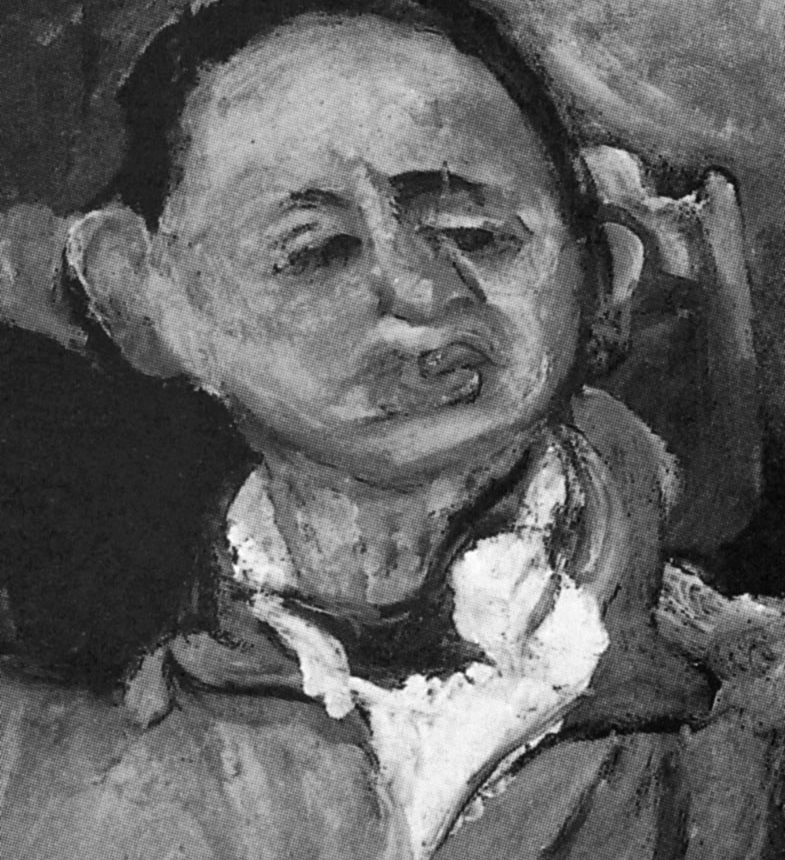Arieh MERZER
January 5, 2019Elie NADELMAN
January 5, 2019Oscar MIESTCHANINOFF
VITBESK (BELARUS) 1886 – LOS ANGELES 1956
Oscar Mietschaninoff was the son of a shopkeeper. From the age of seventeen, he produced clay sculptures of the beggars in his neighborhood. He briefly studied at the local art school. In 1905-1906, he studied at the School of Fine Arts in Odessa. He arrived in Paris in 1906. He studied at the Ecole des Arts Décoratifs and at the Ecole des Beaux-Arts under Mercié and Joseph Bernard, whose bust he later sculpted. Oscar Mietschaninoff lived at the Cité Falguière. He visited the museums in Paris, such as the Louvre and the Musée Guimet, which influenced his style. He took an interest in arts from the Far East. Mietschaninoff made friends with other artists in Montparnasse, such as Diego Rivera, Modigliani, and Soutine, who painted his portrait.
From 1918, the French government sent him on an official mission to the Far East to conduct archeological excavations. He discovered India, Siam, and Burma and traveled to Cambodia in order to study Khmer sculpture. He brought back some pieces, which are today exhibited at the Musée Guimet. Mietschaninoff exhibited his work at the Salon des Artistes Français from 1908, at the Salon d’Automne from 1912 and at the Salon des Indépendants. He was awarded a gold medal for his statue Nude Woman exhibited at the World Fair in 1937. In 1925, he commissioned the architect Le Corbusier to build him a house in Boulogne-Billancourt on a plot bought in common with Jacques Lipchtiz. In 1914, he moved to the United States. He lived in New York and in Los Angeles.
Stories of Jewish Artists of the School of Paris 1905-1939
FRENCH-ENGLISH
Capitale des arts, le Paris des années 1905-1939 attire les artistes du monde entier. De cette période de foisonnement, un terme est resté, celui d'Ecole de Paris, qui recouvre une grande diversité d'expression artistique. Dans ce brassage dont Montparnasse est le creuset, un groupe se distingue : celui des artistes juifs venus de Russie, de Pologne et d'Europe centrale. Si leurs styles sont variés, un destin commun les rassemble : ils fuient l'antisémitisme de leur pays d'origine. Certains ont connu la célébrité dès les années 1920, tels Soutine, Lipchitz ou Chagall. D'autres n'ont pas eu le temps ou la chance d'y accéder. Près de la moitié a péri dans les camps de concentration nazis.
From 1905 to 1939, Paris attracted artists from all over the globe as the capital of the art world. This period of artistic proliferation became known as the School of Paris, and includes a great diversity of artistic expression. Within the teeming art world centred on Montparnasse, one group set itself apart: Jewish artists from Russia, Poland, and Central Europe. Although their styles were diverse, they shared the common fate of fleeing anti-Semitic persecutions in their home countries. Some became famous in the 1920s, such as Soutine, Lipchitz, and Chagall, while others did not have the time or the luck to gain renown. Nearly half of these artists died in Nazi concentration camps.





